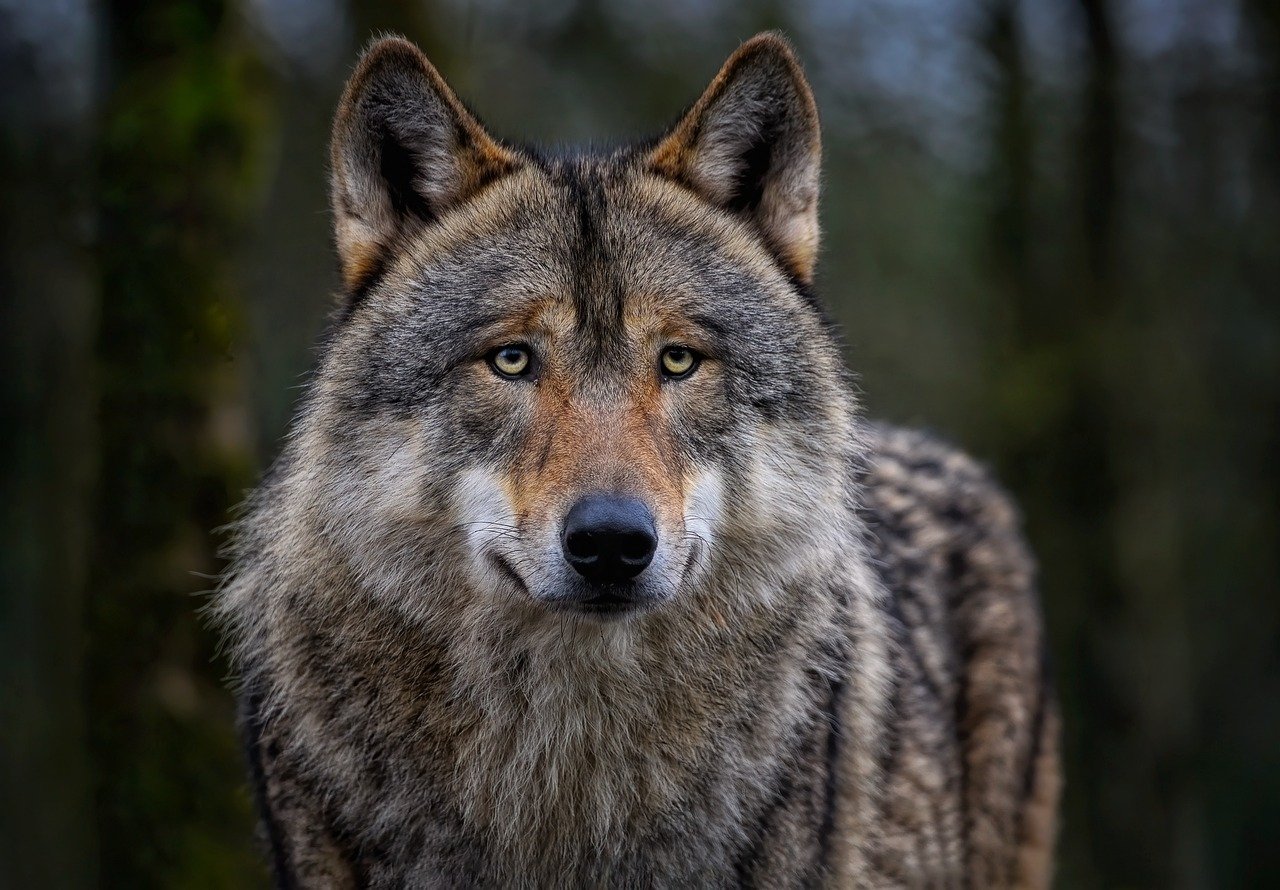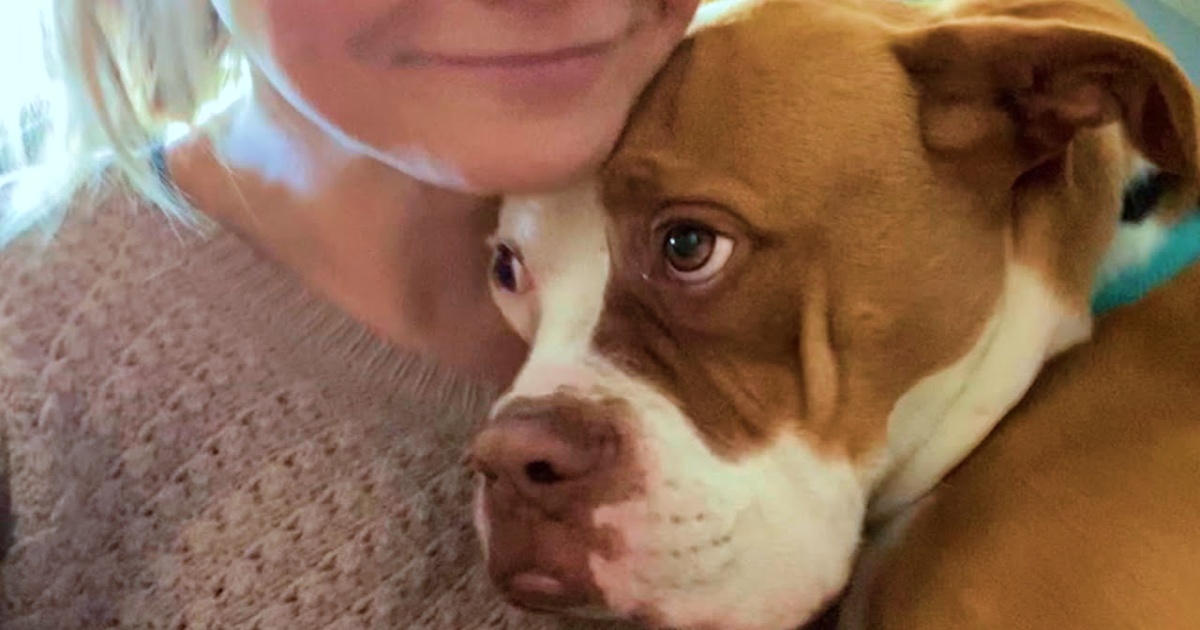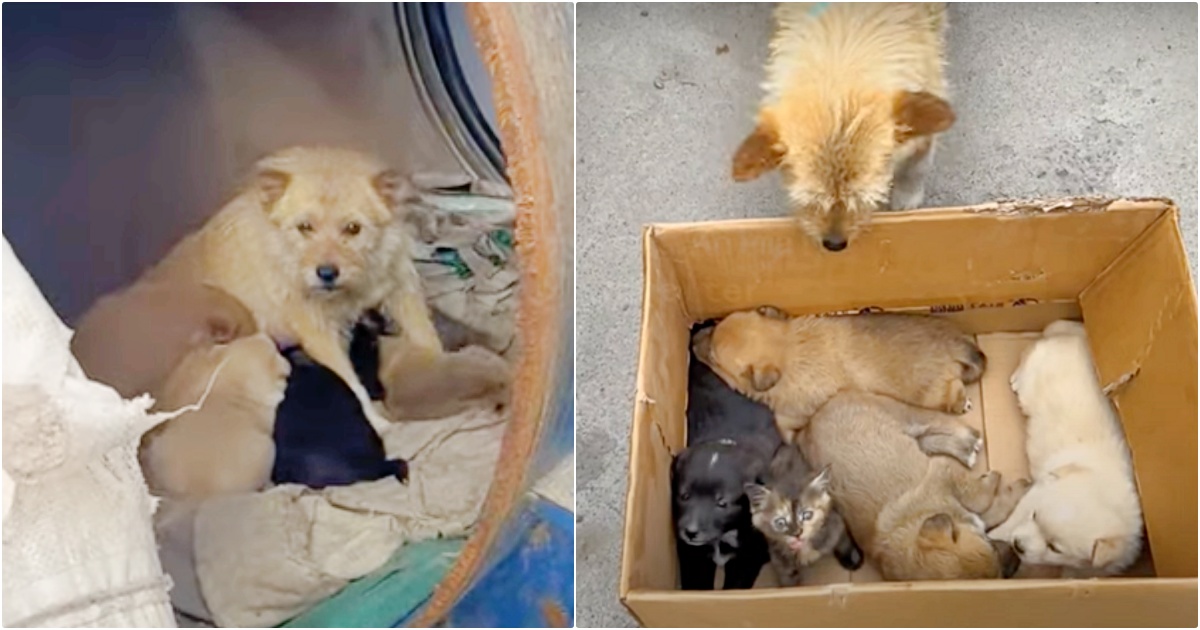Signs That a Dog Is Nearing the End of Life
As dogs approach the end of their lives, they often exhibit certain physical and behavioral signs. These may include a significant decrease in appetite and water intake, extreme lethargy, difficulty breathing, loss of coordination, and changes in behavior, such as seeking solitude. Recognizing these signs can help pet owners provide their dogs with the necessary care and comfort in their final days. It’s important to consult a veterinarian to understand these symptoms better and ensure the dog is not unnecessarily suffering.
Discover Why Dogs Never Truly Die
Euthanasia: Making the Compassionate Choice
Euthanasia is a compassionate option for pet owners facing the impending death of a suffering dog. It involves a veterinarian administering a painless injection that gently puts the dog to sleep. Deciding on euthanasia is never easy, but it can be the kindest choice to prevent prolonged suffering. The process typically involves the pet owner being present to provide comfort while the veterinarian performs the procedure. Understanding what to expect during euthanasia can help pet owners prepare for this emotional experience and ensure that their dog’s final moments are peaceful.
Natural Death: What to Expect
When a dog dies naturally, certain stages and processes occur. Initially, a dog may become very weak and unresponsive. Breathing may become shallow and irregular, and the heart rate will gradually slow until it stops. During this time, it is important to keep the dog comfortable by providing a quiet, warm, and familiar environment. Pet owners can offer their dogs gentle reassurance and physical comfort as they pass away. Knowing what to expect during a natural death can help pet owners stay calm and supportive during their dog’s final moments.
Coping with the Loss of a Dog
The loss of a dog can lead to profound grief and a sense of emptiness. Coping strategies such as talking about the loss, seeking support from friends and family, and allowing oneself to grieve are important. Some pet owners find comfort in creating a memorial or scrapbook to celebrate their dog’s life. Professional counseling or support groups for pet loss can also be beneficial. Recognizing that grieving the loss of a pet is a personal and unique process is essential, and giving oneself permission to feel and express grief is a crucial step towards healing.
Aftercare: Handling Your Dog’s Remains
After a dog passes away, there are several aftercare options to consider. These include burial at home (if local regulations permit) or in a pet cemetery and cremation, which can be done individually or communally. Some pet owners keep their dog’s ashes in an urn or scatter them in a meaningful place. Memorial services or ceremonies can also honor the dog’s life. Understanding the various aftercare options can help pet owners make decisions that feel right for them and provide a sense of closure.




